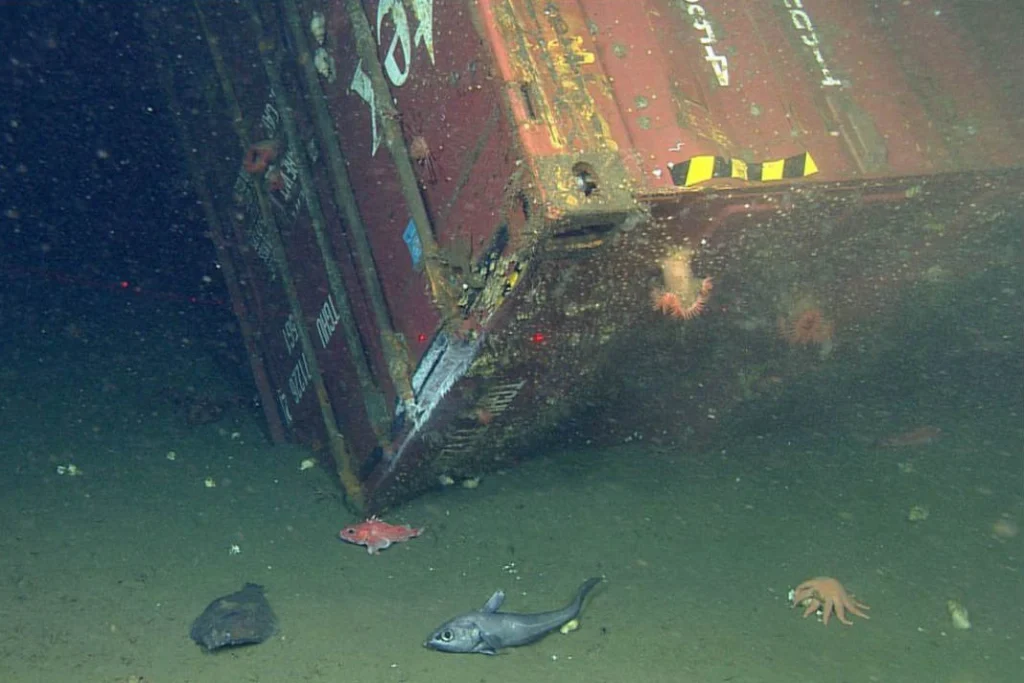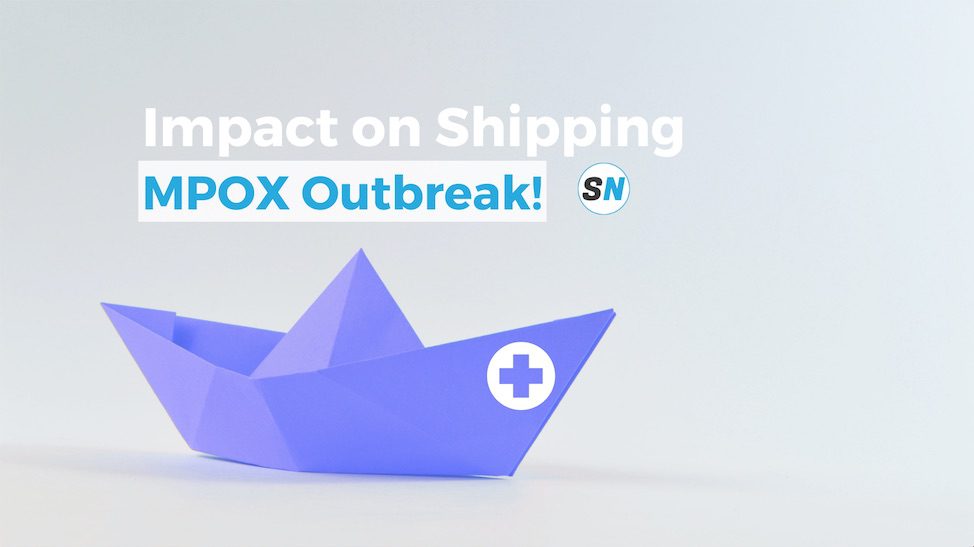28 November 2024
Container transport, loss & salvage

This is everything you need to know to get up to speed with container transport, loss during transportation, and salvage operations to recover the cargo.
Table of Contents
Introduction
Despite the significant advances in air and ground-based logistics, containerships remain at the heart of the global freight transport industry. Nearly six thousand containerships are operating on the world’s oceans all year round. In recent years, these ships have more than doubled in size. The largest is capable of carrying up to 24,004 TEU (twenty-foot equivalent unit) in a single shipment.
Container loss
Container-carrying vessels incorporate a high-tech interlocking system to secure each stack of containers. However, it is not uncommon for some of the containers to be lost at sea every now and then. For instance, on March 21st, a Maersk-chartered ship lost an unspecified number of containers during stormy conditions on a Pacific voyage to the US. Specifically, the yearly average number of container loss at sea stands at about 1,400. The year 2020 alone saw the loss of almost 2,700 containers due to rough seas caused by storms and strong winds.

Many containers lost in North Pacific
A Maersk-chartered ship lost an unspecified number of containers during stormy conditions on a Pacific voyage to the US on Monday.
Ship Nerd
As a result, many shipping companies have suffered increases in fines and higher insurance premiums amongst other effects. Experts attribute this drastic increase in load loss to:
- The bigger, stiffer designs of the containers ships;
- Improper container stowage;
- Cost-cutting measures that lead to ship overload;
Salvage
Depending on the nature of the incident and the items stored inside the container when they go missing at sea, response actions vary widely. Though all containers carry insurance, losing shipped items is always difficult for the cargo Owners first. Moreover, if a large number of container loss carrying hazardous materials go missing in a particular area at sea, an emergency salvage operation is always inevitable. Such salvage operations typically follow an extensive plan.
Firstly, a special salvage vessel needs to return to the site where the container loss occurred. Locating the exact site can be an extremely difficult process even with GPS tracking devices. Bad weather conditions at sea can also slow down the process, especially during storms, strong waves, and winds.
Remotely Operated Vehicles (ROV) undersea first deploy to locate the exact spot where the container touched down the seabed. In most cases, there has already been significant infiltration by sea life which can help mask the containers from view. Work class ROVs will involve in such cases.

Then, the ROV will approach the containers, and using high-tech arms they can then attach chains to these holes. Thus, assisting the recovery vessel in hoisting the recovered freight aboard. However, the process is not without difficulties, since these containers incorporate high-durability construction. Note that, the best of them are made of ultra-durable steel sheets and go through a very vigorous fabrication process.
Construction
Similar to corrugated cardboard, these sheets will undergo folding on each other several times to form solid walls. These all fit onto a welded steel frame made of four side rails, four end rails, and thick steel corner posts. The doors are among the most formidable obstacles as they consist of thick steel and feature locking bars to prevent theft of dry goods during the transit
Of course, dry goods are not the only materials shipped from one side of the world to another. Over the years, the industry has come up with designs for different shipping containers to meet more specific needs.
Bulk containers are quickly becoming a more frequent site aboard shipping vessels. These special heavy-duty containers are designed to withstand the immense stress of carrying heavy freight and other bulky components.
Additionally, there are liquid cargo containers that boast an integrated tank and frame design to facilitate the transport of powders gases and fluids.
Other common containers include those designed for transporting vehicles and those that feature built-in refrigeration units to preserve perishable items over long distances.

Container Logistics
Most shipping container designs will follow a transportation process from the ship directly onto the waiting platform of a flatbed truck. This greatly reduces the timing cost of positioning and storing containers at the port warehouses before their final pickup
Shipping ports make use of massive cranes specifically designed to handle shipping containers. They feature prongs at each corner that can lock onto the container frame holes, providing a solid grip. Afterward, the containers can sit onto temporary flatbed trucks which drive the off-loaded containers to the appropriate part of the dock for storage. Here, they will either be removed by another gantry crane or by specialized heavy-duty forklifts.
Once the ocean voyage of these shipping containers ends a much more elaborate journey on land begins. Though trucks are often transporting the cargo to its final destination, they have proven to be slow and more costly.
Cargo trains on the other hand are much preferred. Containers are driven to train yards where they are loaded onto wading cargo trains by cranes. Not only can trains move faster along more direct routes than trucks. They can also carry hundreds of containers at a time. By comparison, rail direct container transportation is $70/net ton, and over the road by truck is $215/net ton.
Conclusion
Hence, using rail transit compared to trucks can cut transportation costs for owners of bulky goods transported in containers. Transportation of cargo and large containers both on land and at sea has become a very common sight all over the world today.
Despite the hazards faced at sea maritime transport remains the most effective means of moving heavy-duty cargo from one part of our world to the other.
See Also
Standardized containers clog up ports, rail yards and warehouses both empty and full of goods. Hence, the stars are aligning for a solution that was holding back before the pandemic. Folding Containers, in an accordion or collapsible style, to as much as 1/5 their usual size. At least, that’s what their backers are hoping.

Folding Containers – Time to Shine
How folding containers could potentially enhance transport and tackle the container crisis. What does hold them from living up to their hype?


